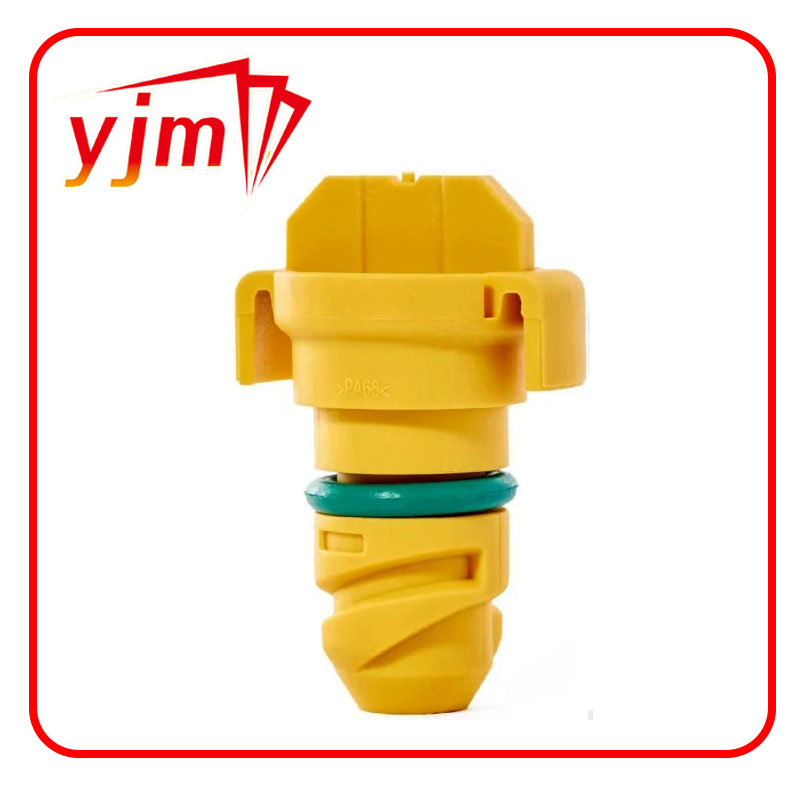Alternative Materials for Non-Metallic Flat Gaskets in Industrial Applications
Understanding Non-Metallic Flat Gaskets
In the realm of industrial applications, gaskets play a critical role in ensuring the integrity of various systems by preventing leaks between surfaces. Among the different types of gaskets available, non-metallic flat gaskets have gained popularity due to their versatility and effective sealing properties. This article will explore the composition, applications, advantages, and limitations of non-metallic flat gaskets.
Composition
Non-metallic flat gaskets are typically made from materials such as rubber, cork, PTFE (Polytetrafluoroethylene), fiberglass, or paper. These materials offer distinct characteristics that make them suitable for different applications. For instance, rubber gaskets provide excellent elasticity and can withstand moderate pressure and temperature variations. Cork gaskets, often used in older applications, offer a good seal and vibration damping properties. PTFE, known for its chemical resistance, is favored in applications requiring seals against aggressive substances.
Applications
Non-metallic flat gaskets are widely used across various industries, including automotive, aerospace, chemical processing, food and beverage, and oil and gas. In automotive applications, they are often found in engines and transmissions, ensuring a leak-proof fit between components. In the oil and gas industry, their chemical resistance makes them perfect for use in pipelines and storage tanks where exposure to corrosive substances is a concern. The food and beverage industry also relies on non-metallic gaskets, as they meet strict hygiene and safety standards essential for processing environments.
Advantages
non metallic flat gasket

The advantages of non-metallic flat gaskets are numerous. One of the primary benefits is their ability to conform to irregularities in the surface of the materials they are sealing. This feature allows for a tighter seal, which is crucial in preventing leaks. Additionally, non-metallic gaskets are generally lightweight and easy to install. They are also cost-effective compared to their metallic counterparts, making them accessible for various applications.
Another important advantage is their resistance to corrosion and chemical attack. Many non-metallic materials can withstand a wide range of temperatures and environmental conditions, providing reliable performance in demanding scenarios. This resilience contributes to the overall longevity of the gaskets, reducing the need for frequent replacements and maintenance.
Limitations
Despite their many benefits, non-metallic flat gaskets do have limitations. They are typically not suitable for high-pressure applications as they can deform under excessive stress. While they perform well in moderate temperature settings, extreme heat can compromise their integrity, leading to material breakdown. Moreover, some non-metallic materials absorb liquids, which could deteriorate their properties over time.
Conclusion
In summary, non-metallic flat gaskets are an essential component in many industrial applications, providing effective sealing solutions across diverse sectors. Their versatility, cost-effectiveness, and resistance to chemicals make them a preferred choice for many engineers and technicians. However, it is crucial to consider their limitations in terms of pressure and temperature resilience when selecting a gasket for specific applications. By understanding both the advantages and drawbacks, professionals can make informed decisions, ensuring optimal performance and safety in their systems. Whether in automotive engines or chemical processing plants, non-metallic flat gaskets continue to be a reliable choice for sealing needs in the modern industrial landscape.
-
The Ultimate Guide to Car Repair Kits: Tools and Essentials Every Driver Should Own
News Aug.01,2025
-
The Complete Guide to Oil Pan Gaskets: Sealing Engine Leaks the Right Way
News Aug.01,2025
-
Preventing Oil Leaks: A Complete Guide to Oil Pan Gaskets and Drain Seals
News Aug.01,2025
-
Everything You Need to Know About Oil Pan Gaskets and Drain Plug Seals
News Aug.01,2025
-
Essential for Car Owners: How to Use a Car Repair Kit to Deal with Minor Breakdown
News Aug.01,2025
-
Comprehensive Guide to Engine Oil Sump Gaskets and Related Seals
News Aug.01,2025
-
The Ultimate Guide to Boat Propeller Bearings and Trailer Wheel Bearings
News Jul.31,2025
Products categories















